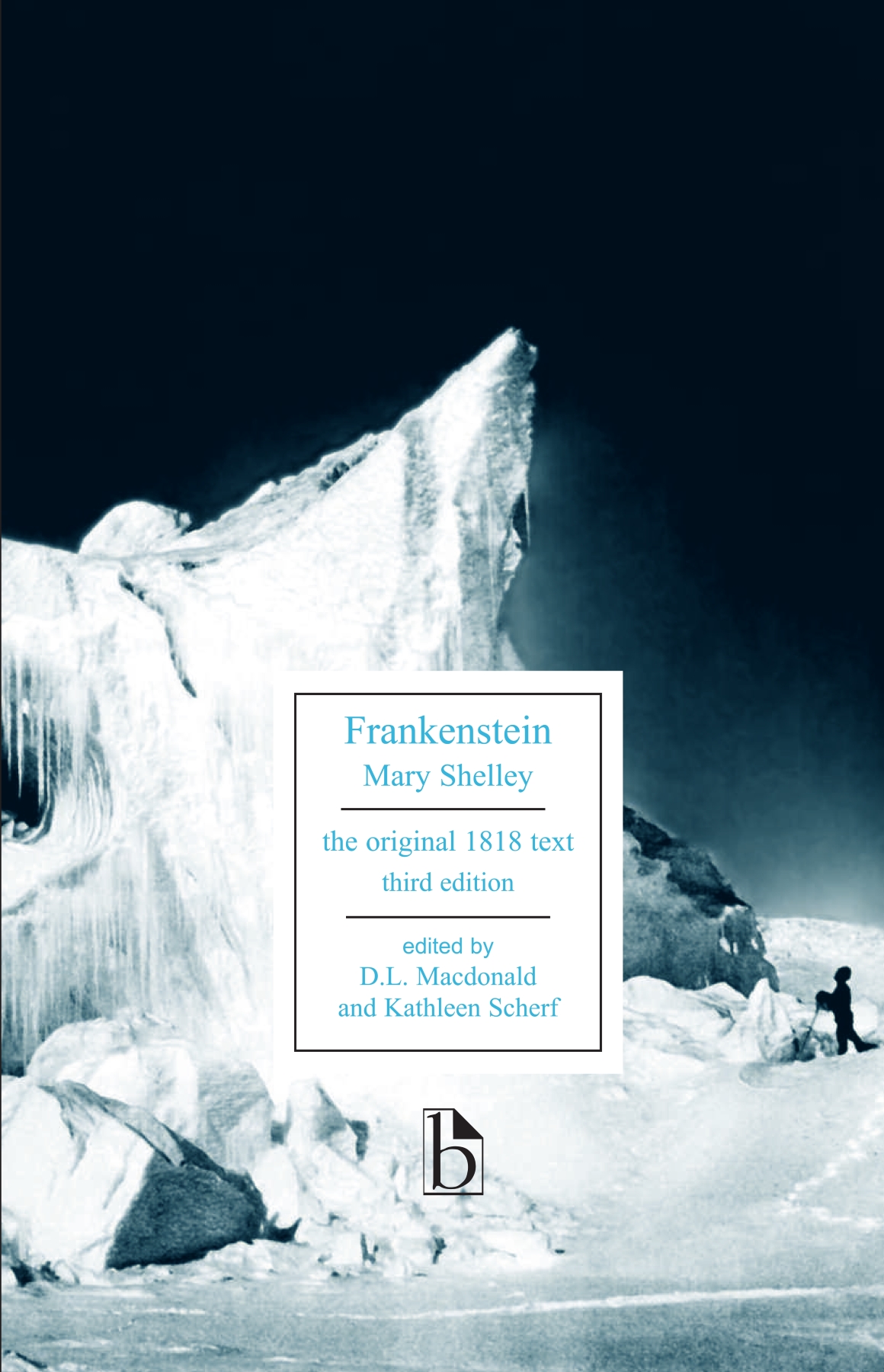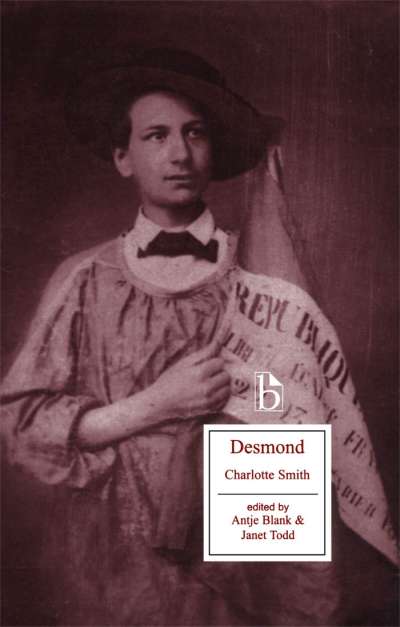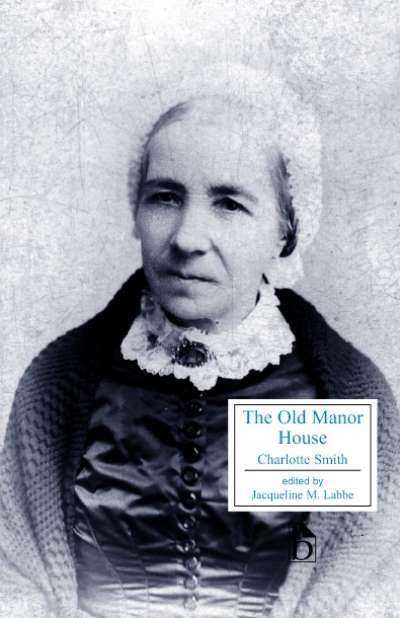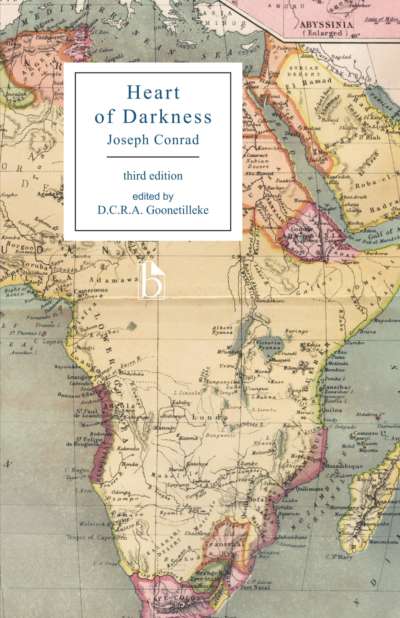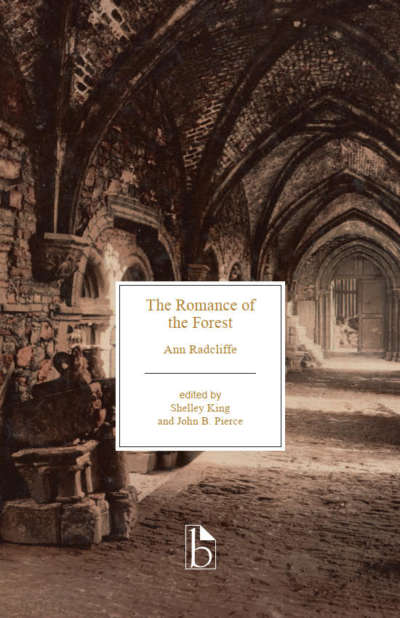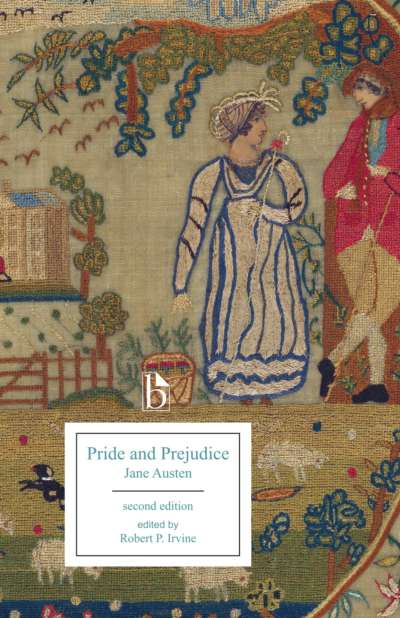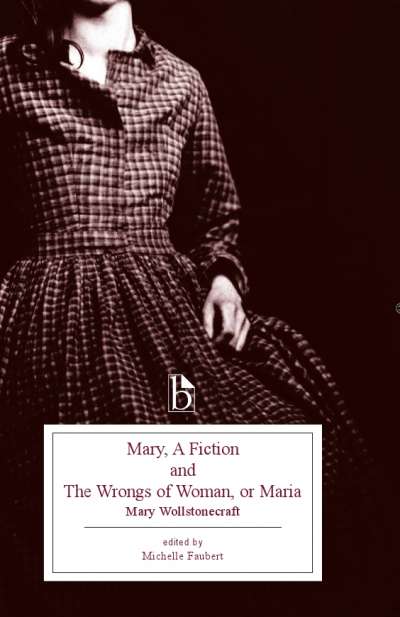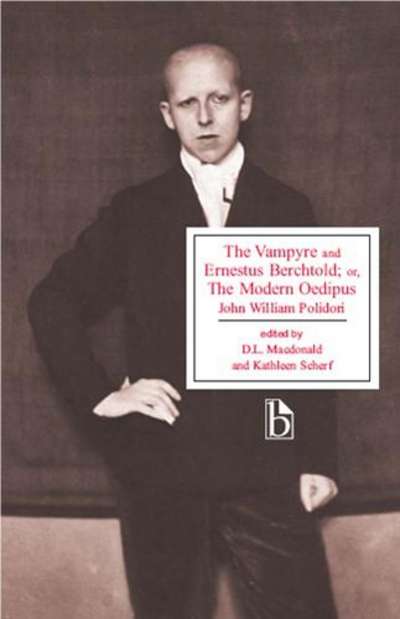
D.L. Macdonald and Kathleen Scherf’s edition of Frankenstein has been widely acclaimed as an outstanding edition of the novel—for the general reader and the student as much as for the scholar. The editors use as their copy-text the original 1818 version, and detail in an appendix all of Shelley’s later revisions. They also include a range of contemporary documents that shed light on the historical context from which this unique masterpiece emerged.
New to this edition is a discussion of Percy Shelley’s role in contributing to the first draft of the novel. Recent scholarship has provoked considerable interest in the degree to which Percy Shelley contributed to Mary Shelley’s original text, and this edition’s updated introduction discusses this scholarship. A new appendix also includes Lord Byron’s “A Fragment” and John William Polidori’s The Vampyre, works that are engaging in their own right and that also add further insights into the literary context of Frankenstein.
A companion website (Frankenstein: Online Theory and Criticism) offering a selection of over 30 key scholarly articles on the novel, background information on literary theory, and other helpful student resources, can be purchased separately by clicking here.
Comments
“This is the best, the most thoughtful advanced school edition of Frankenstein ever done. The text is well-edited, the introduction is thorough, and the collection of contextual documents could hardly be improved.” — Jerome McGann, University of Virginia
“Superb. The introduction and appendices are particularly valuable … accessible and illuminating.” — Bernard Hirsch, University of Kansas
“I have taught Frankenstein before, but this edition, with its compact, thoughtfully chosen, pedagogically helpful, and scholarly auxiliaries to the text of the novel, has renewed my excitement about teaching it again. The novel itself awakens interest in the students, but the introductions and appendices compel their respect for scholarly work and offer many creative ways to go about it.” — Randall VanderMey, Westmont College
“As an Associate Editor of the many-volumed Cornell Wordsworth Series, I have been dealing with editorial issues for the last forty years. The third edition of Broadview’s Frankenstein is one of the best classroom editions (of any book) that I have seen. It is extraordinarily sensitive to textual issues, and it resists the temptation to simplify complex matters; the book instead helps students to understand the various complications and why they are important. The supplementary materials are just what an instructor needs to set Frankenstein in its context and to promote informed student discussion of the novel’s central themes.” — Jim Butler, La Salle University
Preface
Introduction
Mary Wollstonecraft Shelley: A Brief Chronology
A Note on the Text
Frankenstein; or, The Modern Prometheus
Appendix A: The Education of Mary Shelley: Godwin and Wollstonecraft
- Godwin
- Wollstonecraft
Appendix B: The Education of Victor Frankenstein: Darwin and Davy
- Darwin
- Davy
Appendix C: The Education of the Monster: Volney, Goethe, Plutarch, Milton, and Wollstonecraft
- Volney
- Goethe
- Plutarch
- Milton
- Wollstonecraft
Appendix D: Reviews of Frankenstein
- Walter Scott, Blackwood’s Edinburgh Magazine (1818)
- The Edinburgh Magazine, and Literary Miscellany (1818)
- John Wilson Croker, Quarterly Review (1817-18)
- P.B. Shelley, Athenaeum (10 November 1832)
Appendix E: Richard Brinsley Peake, Presumption; or, The Fate of Frankenstein (1823)
Appendix F: Lord Byron, “A Fragment” (1819)
Appendix G: John William Polidori, The Vampyre: A Tale (1819)
Appendix H: Substantive Variants
Appendix I: Introduction to Shelley’s 1831 Edition
Works Cited/Recommended Reading
The late D.L. Macdonald was Professor of English at the University of Calgary.
Kathleen Scherf is Professor of Communications at Thompson Rivers University, Kamloops, British Columbia. They co-edited the Broadview Editions of Mary Wollstonecraft’s The Vindications, Matthew Gregory Lewis’s The Monk, and John Polidori’s The Vampyre and Ernestus Berchtold.
Optional website (students purchase access here)
Online Content
Articles on Frankenstein
- Ellen Moers, from “Female Gothic: The Monster’s Mother”
- Sandra Gilbert, from “Horror’s Twin: Mary Shelley’s Monstrous Eve”
- Peter Brooks, from “Godlike Science/Unhallowed Arts: Language, Nature, and Monstrosity”
- Ronald Paulson, from “Gothic Fiction and the French Revolution”
- Devon Hodges, from “Frankenstein and the Feminine Subversion of the Novel”
- Franco Moretti, from “The Dialectic of Fear”
- Gayatri Chakravorty Spivak, from A Critique of Postcolonial Reason
- Paul O’Flinn, from “Production and Reproduction: The Case of Frankenstein”
- Anne K. Mellor, “Possessing Nature: The Female in Frankenstein”
- Anne K. Mellor, “Choosing a Text of Frankenstein to Teach”
- Bette London, from “Mary Shelley, Frankenstein, and the Spectacle of Masculinity”
- H.L. Malchow, from “Frankenstein’s Monster and Images of Race in Nineteenth-Century Britain”
- David Hirsch, from “Liberty, Equality, Monstrosity: Revolutionizing the Family in Mary Shelley’s Frankenstein”
- John Bugg, “‘Master of their language’: Education and Exile in Mary Shelley’s Frankenstein”
- Sharon Ruston, from “Resurrecting Frankenstein”
- Peter Otto, from Multiplying Worlds: Romanticism, Modernity, and the Emergence of Virtual Reality
Foundational Theory Articles
- Feminism and Queer Theory
- Sandra Gilbert and Susan Gubar, from “The Queen’s Looking Glass: Female Creativity, Male Images of Women, and the Metaphor of Literary Paternity”
- Michel Foucault, “The Perverse Implantation”
- Judith Butler, from “Performative Acts and Gender Constitution”
- Eve Kosofsky Sedgwick, from “The Beast in the Closet”
- Marxism
- Karl Marx, from The Communist Manifesto
- Karl Marx, from Economic and Philosophical Manuscripts
- New Criticism
- W.K. Wimsatt, Jr. and M.C. Beardsley, “The Intentional Fallacy”
- Cleanth Brooks, “The Formalist Critics”
- Postcolonial Theory
- Edward Said, from Orientalism
- Homi Bhabha, “Of Mimicry and Man: The Ambivalence of Colonial Discourse”
- Psychoanalytic Theory
- Sigmund Freud, from “The Material and Sources of Dreams”
- Sigmund Freud, from The Ego and the Id
- Theory and the Gothic
- Sigmund Freud, from “The Uncanny”
- J.J. Cohen, from “Monster Culture (Seven Theses)”
- Julia Kristeva, from Powers of Horror: An Essay on Abjection
- Pedagogy and Theory
- Dawn Thompson, “Entering the Scholarly Conversation on Literature”
Introduction to Theory
- Affect Theory
- Animal Studies
- Cultural Materialism
- Deconstruction
- Ecocriticism
- Feminist and Gender-Based Criticism and Theory
- Formalism, New Formalism, and New Criticism
- Historicism and New Historicism
- Marxist Theory and Criticism
- Mythopoeic Theory and Criticism
- Narratology and Narrative Theory
- Postcolonial Theory
- Print Culture and History of the Book
- Psychoanalytic Criticism
- Queer Theory
- Reader Response Theory
- Structuralism and Poststructuralism
Visual Material
- Illustrated Editions and Related Images
- Locations
- Nightmare and Frankenstein
- Science


